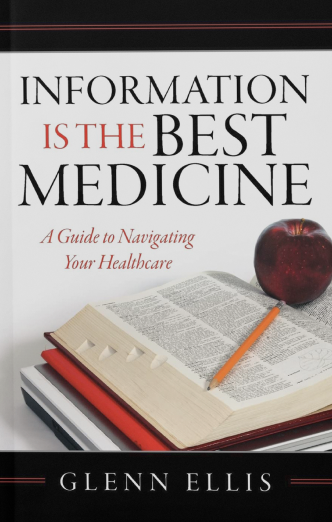When you become a patient at a hospital you and your family enter a partnership with your healthcare team.
Chances are, you’ll be in what is known as a “Teaching Hospital”. 
The U.S. health care system relies on teaching hospitals for the clinical education of medical students and residents. They are generally affiliated with medical schools or universities, and may be owned by a university or may form part of a wider regional or national health system. Currently, there are only about 400 Teaching Hospitals out of a total of almost 6,000 hospitals in the U.S. Teaching hospitals are essential “classrooms” for physicians, nurses, and other health professionals and other health providers. The term, Teaching Hospital is used to describe hospitals that have missions beyond just patient care.
Teaching hospitals are providers of primary care and routine patient services, as well centers for experimental, innovative and technically sophisticated services. A teaching hospital is committed to teaching and training future physicians. Medical students are provided with the opportunity both to observe and directly participate in patient care under the direct supervision of residents and fellows at all times, as well as by attending physicians. Most teaching hospitals pursue three related enterprises:
For many people, this concept of “teaching” is the notion that leads one to think, “They aren’t real doctors, they are practicing on me”.
A teaching hospital is a hospital which provides medical training to medical students and residents. Residents are physicians who have recently completed medical school and are in training.
After graduating from medical school, doctors must complete a training program. This is called a “residency.” During the first year of residency, a doctor is called an “intern.” After the first year, interns become “residents.” Both interns and residents are members of the hospital house staff. They are employed by the teaching hospital and are supervised by a hospital staff doctor.
Also called a hospital doctor or “staff” doctor, an attending physician is the doctor in charge of the patient’s care. The attending is a senior doctor in general medicine or in a medical or surgical area. An attending in a teaching hospital supervises interns and residents.
Your Primary Care Doctor (also, known as your PCP) is who you see at your regular office visit. He/She sees patients in the office setting and on “rounds”, the examinations of patients in the hospital. Many teaching hospitals have strong links with a nearby medical school.
Residency is a 3-year or more training program in a medical specialty. The first year of training after medical school is called internship, or more commonly it is called first year of residency. Much of what your doctor will learn in a chosen specialty will be learned in their residency.
After 12 years of school, 4 years of college and 4 years of medical school, there is still so much to learn. The first 20 years of school are the foundation and the tools your doctor will need to learn his/her specialty. During residency they will learn medicine by caring for patients with a variety of diseases. The more patients they care for, and the more disease and variations of disease that they see and treat, the more proficient they will become.
Here is a synopsis of different medical specialties and subspecialties and the length of their training programs (internship and residency) after medical school:
Most doctors are doctors of medicine (M.D.). They treat all kinds of diseases and injuries. Some doctors are doctors of osteopathic medicine (D.O.). They focus on muscles and bones. Both are able to do a residency at a teaching hospital.
Healthcare blogger Kris Hickman complied an excellent tool to understand some basics about the terms to describe the condition of a patient. “According to Medline Plus, “vital signs” include heart beat, breathing rate, temperature and blood pressure. “Normal” vital signs change with age, physical fitness, gender, weight and overall health, but for the average healthy adult at rest, “normal” means:
Those standards provide the basis of understanding what kind of condition a patient is in. In this brief on privacy regulations, the American HospitalAssociation (AHA) recommends that all providers use the following definitions when describing a patient’s condition:
Undetermined: The patient has not yet been assessed, diagnosed or treated.
Good: The patient’s vital signs are stable and within normal limits. He or she is conscious and comfortable, with excellent indicators for recovery.
Fair: The patient’s vital signs are stable and normal, and the patient is conscious, but he or she might be uncomfortable. Indicators for recovery are favorable.
Serious: The patient is very ill, and might have unstable vital signs outside the normal limits. Indicators are questionable.
Critical: The patient has unstable vitals that are not normal, and could be unconscious. Indicators for recovery are unfavorable.
Treated and released: The patient was treated but not admitted to the hospital.
Treated and transferred: The patient received treatment at one facility and was then transferred to another facility.”
Be prepared to be an active participant in your care during a hospital stay. Know who’s who in the hospital…
